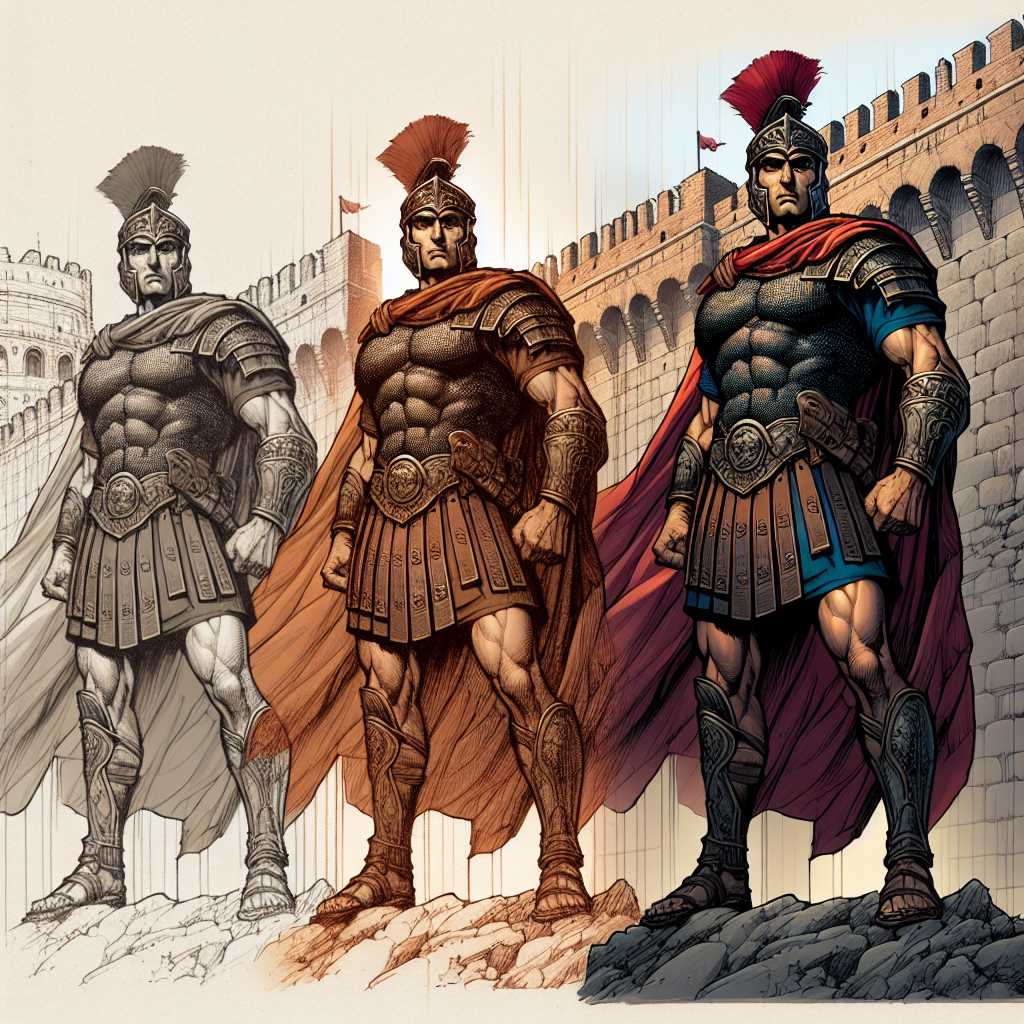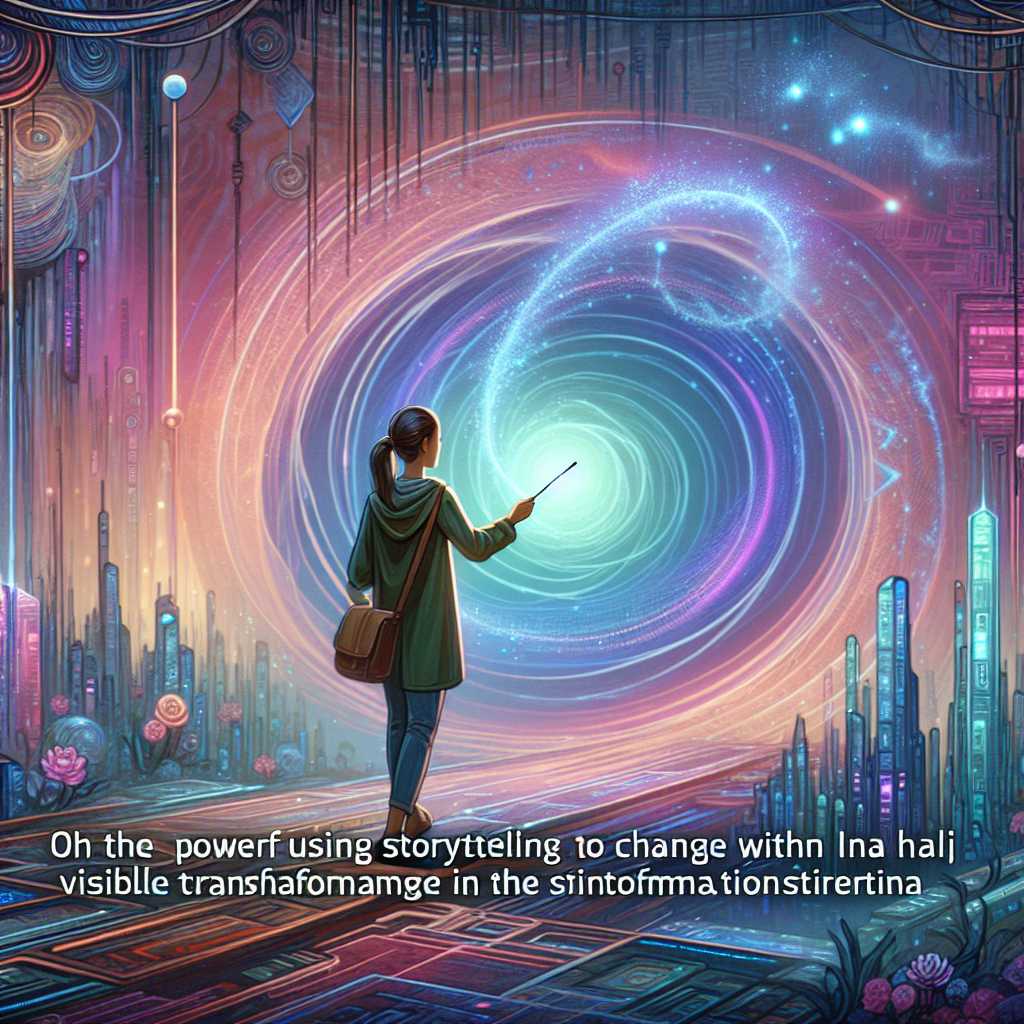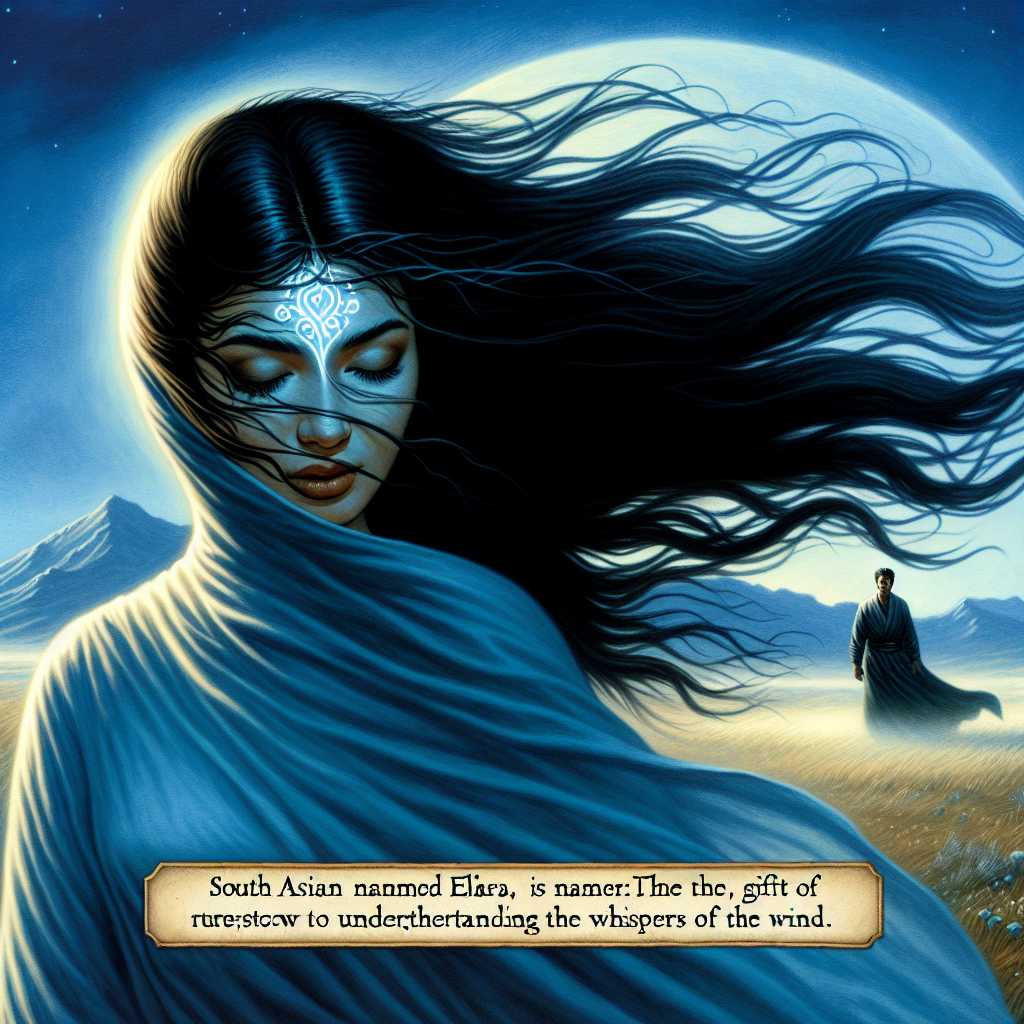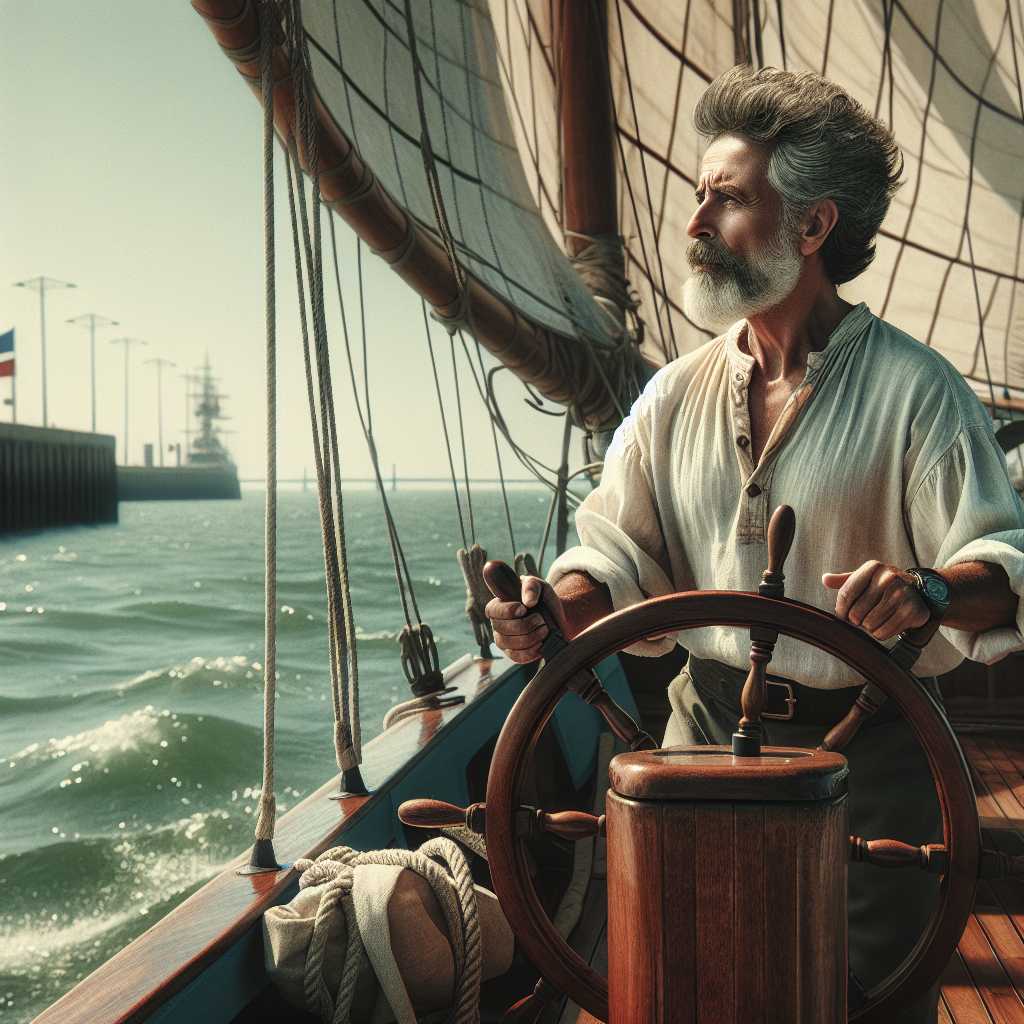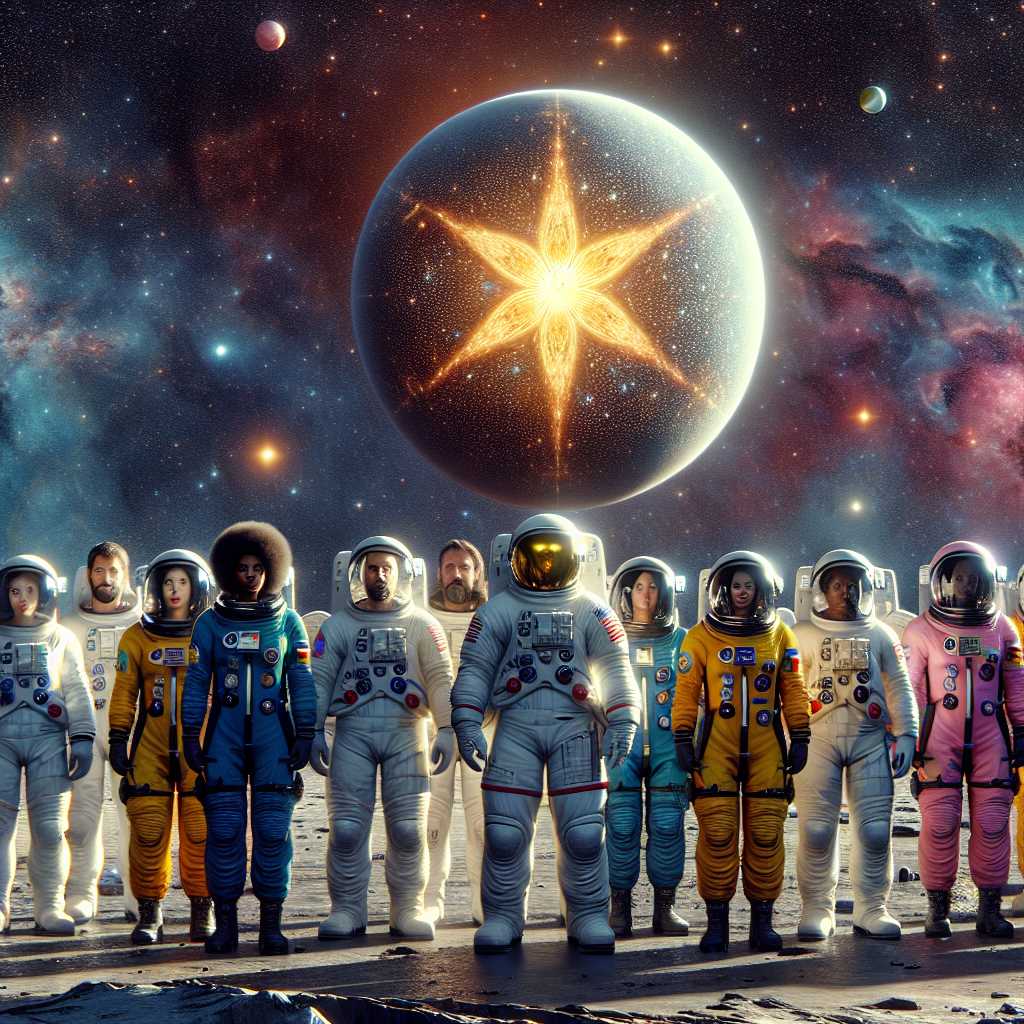
In the twilight of the 23rd century, where the shimmering skyline was a tapestry of neon and holographic grandeur, mankind stood at the precipice of the greatest voyage it had ever known. The vessel Aeon Voyager, an alabaster titan amidst the cosmos, lay in repose at the edge of the Kuiper Belt, on the cusp of the interstellar void. Its crew of the bravest souls, scientists, engineers, and poets readied themselves for a journey beyond the heliosphere, to a distant exoplanet whimsically dubbed "Pandora’s Star."
Captain Artemis Rhan, the youngest to ever take the helm of such a storied craft, moved through her ship with the grace of a wraith. Her eyes, the color of supernovae, beheld the vastness of their undertaking with both trepidation and wonder. Her first officer, Luca Mbari, a man of indomitable spirit and intellect, stood at her side as they contemplated the silent stars etched against the void.
“Do you believe the legends, Captain?” Luca asked, the usual mirth in his voice replaced by an uncharacteristic solemnity. His words referred to the fabled origin of Pandora’s Star—a tale of a long-extinct alien civilization whose advanced technology promised utopia, or utter destruction.
“I believe,” Artemis replied, her voice steady as the pulsar beacons guiding them, “that our destiny is not written in the stars, but by our own hands. Legends or not, we are the cartographers of the unknown.”
Silently, they echoed the sentiment of their forebears, who had looked up to the heavens and whispered the anthemic charge of their species: To explore strange new worlds, to seek out new life and new civilizations, to boldly go where no one has gone before.
However, amidst the wonder, there stirred a restless unease. Dr. Astra Teegan, the ship’s chief xenobiologist, had uncovered anomalies within the subspace transmissions. Her findings suggested that Pandora’s Star might not be the untainted Eden it seemed. The data hinted at structures—immense and artificial—where no such things should exist.
“It’s as if a giant hand has sculpted the very surface of the planet,” Astra explained to the captain, displaying the shimmering 3D models of geometrically perfect edifices. “And there’s more, something about these formations disrupts our long-range scans. We can't know what lies inside or even what they're made of.”
Artemis furrowed her brow, a galaxy of thoughts whirling in her mind. “Then that is where we must go,” she declared with a confidence that belied her uncertainty. “Prepare for descent.”
As Aeon Voyager anchored in orbit, a shuttling craft named Icarus ferried a handpicked team to the enigmatic surface. The world of Pandora’s Star unfolded before them, a paradise of vivid flora and bioluminescent seas. Their descent was met with bated anticipation, a symphony of pulses and whirs from the shuttle’s instruments the only deviation in the silence that enshrouded them.
The landing was seamless, setting the stage for an exploration chronicled in songs yet to be sung. Artemis led her team across the verdant expanse, each step an echo across eternity. Yet as they approached the great structures, a sense of foreboding crept into Artemis’s heart like a wayward shadow.
The edifice loomed before them, a monolith that dwarfed their comprehension. It was constructed of a material that seemed to drink in the light, a darkness so profound it was felt in the soul.
“Spectrometer readings are off the charts,” muttered Dr. Teegan, her eyes wide with scientific fervor masked as fear. “It’s not just what it’s made of; it’s like the structure is... alive.”
They entered the monolith, and as they did, the walls hummed to life, illuminating with glyphs of a language no human, or machine aboard the Aeon Voyager, could decipher. Suddenly, the glyphs merged into a singular, comprehendible message—a greeting.
“We are the Paragons, the architects of worlds. We await the children of Earth with a choice: Embrace the knowledge we offer and ascend, or decline and be left to the fates of time. Choose wisely, for this is the crucible of your species' legacy.”
The crew stood in silent contemplation, the weight of their choice etching itself into the annals of human history. It was an ultimatum that begged more questions than answers, a Pandora’s box veiled in cosmic enigma.
“We came here for knowledge, for the sake of all humankind,” Artemis voiced, her conviction as unyielding as the hull of the Voyager. “We accept.”
With her words, the structure pulsed, a cascade of light engulfing them. Information, in its purest form, flooded their senses—a narrative of civilization from a time before stars were named. They learned of the Paragons’ efforts to seed life across galaxies, their enigmatic technology, and their downfall—a cautionary tale of hubris and self-destruction.
When the crew emerged from the monolith, each was forever altered. They returned to Aeon Voyager as both emissaries and guardians of an ancient wisdom that would catalyze the next era of human evolution. Their journey was no longer one of mere exploration but of stewardship over a powerful truth.
The stars held their breath as Aeon Voyager charted a course back to Earth, its crew the bearers of a new legacy. They were not just the children of Earth; they were now the vanguards of the Paragons, architects in their own right—shapers of worlds yet to be, bound together by the timeless pursuit of knowledge and the unyielding spirit of discovery.



